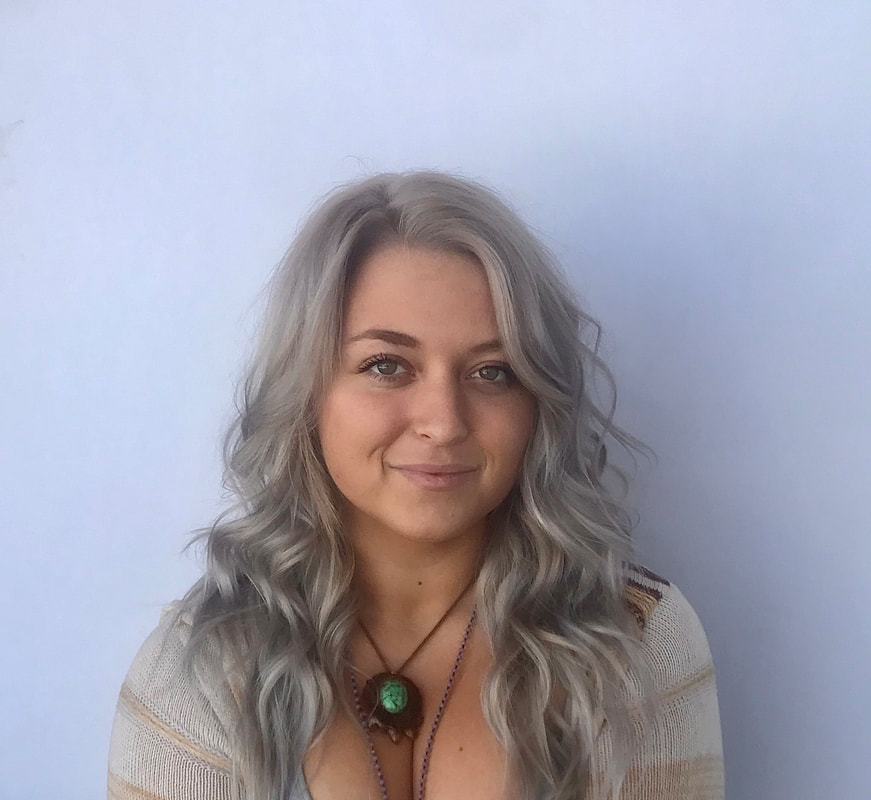Strong doctor-patient relationships significantly improve patient health outcomes. Positive relationships within primary care settings may be the most powerful of all.
Yet an increasing percentage of American adults do not have a primary care provider. There are many reasons for this lapse, but one of the biggest factors is a simple lack of understanding of why primary care is important.
Keep reading to learn why primary care matters and what it can do for you.
What Is Primary Care?
Put simply, primary care is when you have a personal doctor who knows you and who is your go-to source for all your health care needs and concerns.
Where specialists focus on an area of the body or a technique, primary care doctors specialize in knowing their patients. Primary care providers (PCPs) are trained to:
Who Should Seek Primary Care?
Ideally, everyone should have a primary care provider. Research consistently shows that adults with PCPs:
Primary Care and Early Intervention
Primary care medicine is necessary for personal, community, and national health. PCPs improve patient health outcomes in many ways. One of those ways is through early intervention.
PCPs deliver routine care including annual physicals. These regular check-ins are important. They allow doctors to identify symptoms that might suggest the onset of serious conditions.
Testing and early intervention can head off health crises before they escalate. For example, a PCP may recognize that a patient is sugar sensitive. He or she may recommend simple diet and lifestyle changes.
Acting before patients develop full-blown diabetes can prevent decades of struggling. It can also prevent life-threatening health complications from ever occurring.
Patients without PCPs often do not get care until their conditions are advanced and hard to treat.
PCP Relationships and Quality of Life Research shows that patients find tremendous comfort in having a doctor they know and trust.
Patients are more likely to share the full details of their symptoms, conditions, and habits with providers they trust. This enables doctors to more accurately diagnose the sources of problems and to create treatment plans that genuinely work for patients. As a result, patients more consistently comply with those plans and see better results.
This means that in addition to the mental and emotional comfort a strong doctor-patient relationship provides, it pays very real dividends in patient health outcomes. Beyond that, it creates the foundation for more widespread gains in overall quality of life.
Quality of Life
Primary care by definition includes health education. PCPs work with patients to create and build healthy lifestyles that allow them to live their lives to the fullest. For example, PCPs can assist patients with:
Continuity of care of a fancy way of saying that patients with PCPs get coordinated, cohesive attention. It is impossible to overstate the importance of this.
Patients that visit specialists hit-and-miss to address concerns they can't ignore often:
Cost Savings. Studies show that primary care services reduce patients' health care costs. This is largely attributable to PCP's ability to help patients catch and treat conditions while they are small and simple to address.
It also reflects the fact that patients without PCPs must often resort to emergency rooms and other costly sources for all of their care needs. Primary care providers, by contrast, can offer quick and affordable care for non-emergency needs.
Specifically, seeing a PCP for non-emergency care is three to seven times less expensive. Working with a PCP can save patients an average of 33 percent on their health care costs annually. Increased use of PCPs nationwide could save the United States up to $67 billion annually.
Most primary care services are covered in whole or in part under even basic health insurance plans.
Primary Care and Chronic Conditions One of the most overlooked primary care specialties is PCPs' ability to help patients manage chronic conditions.
Chronic conditions are epidemic in the modern world. While their commonality makes them easy to take for granted, their effects can be crippling. PCPs play a key role in helping patients manage these conditions and limit their negative impacts on quality of life.
PCPs can provide:
Given the vital role that primary care providers play in health, it is important to choose your provider wisely. Let Indianapolis's leading PCP introduce you to everything primary care has to offer, today.
Yet an increasing percentage of American adults do not have a primary care provider. There are many reasons for this lapse, but one of the biggest factors is a simple lack of understanding of why primary care is important.
Keep reading to learn why primary care matters and what it can do for you.
What Is Primary Care?
Put simply, primary care is when you have a personal doctor who knows you and who is your go-to source for all your health care needs and concerns.
Where specialists focus on an area of the body or a technique, primary care doctors specialize in knowing their patients. Primary care providers (PCPs) are trained to:
- Perform general wellness checks
- Diagnose conditions based on patient symptoms
- Prescribe medication or treatment for common ailments
- Help patients manage chronic conditions
- Provide health and lifestyle education
- Connect patients with specialists and support resources
Who Should Seek Primary Care?
Ideally, everyone should have a primary care provider. Research consistently shows that adults with PCPs:
- Are healthier
- Experience a better quality of life
- Have lower rates of cancer, stroke, and heart disease
- Are less likely to be hospitalized for any cause
- Live longer
- Have lower overall health care costs
Primary Care and Early Intervention
Primary care medicine is necessary for personal, community, and national health. PCPs improve patient health outcomes in many ways. One of those ways is through early intervention.
PCPs deliver routine care including annual physicals. These regular check-ins are important. They allow doctors to identify symptoms that might suggest the onset of serious conditions.
Testing and early intervention can head off health crises before they escalate. For example, a PCP may recognize that a patient is sugar sensitive. He or she may recommend simple diet and lifestyle changes.
Acting before patients develop full-blown diabetes can prevent decades of struggling. It can also prevent life-threatening health complications from ever occurring.
Patients without PCPs often do not get care until their conditions are advanced and hard to treat.
PCP Relationships and Quality of Life Research shows that patients find tremendous comfort in having a doctor they know and trust.
Patients are more likely to share the full details of their symptoms, conditions, and habits with providers they trust. This enables doctors to more accurately diagnose the sources of problems and to create treatment plans that genuinely work for patients. As a result, patients more consistently comply with those plans and see better results.
This means that in addition to the mental and emotional comfort a strong doctor-patient relationship provides, it pays very real dividends in patient health outcomes. Beyond that, it creates the foundation for more widespread gains in overall quality of life.
Quality of Life
Primary care by definition includes health education. PCPs work with patients to create and build healthy lifestyles that allow them to live their lives to the fullest. For example, PCPs can assist patients with:
- Smoking cessation
- Substance use cessation or moderation
- Developing an appropriate and enjoyable exercise routine
- Making appropriate dietary choices
Continuity of care of a fancy way of saying that patients with PCPs get coordinated, cohesive attention. It is impossible to overstate the importance of this.
Patients that visit specialists hit-and-miss to address concerns they can't ignore often:
- Receive expensive testing more often than necessary because results are not shared
- Get conflicting advice from different practitioners
- Are prescribed dangerous combinations of medications or treatments because each prescriber is unaware of what the others are doing
Cost Savings. Studies show that primary care services reduce patients' health care costs. This is largely attributable to PCP's ability to help patients catch and treat conditions while they are small and simple to address.
It also reflects the fact that patients without PCPs must often resort to emergency rooms and other costly sources for all of their care needs. Primary care providers, by contrast, can offer quick and affordable care for non-emergency needs.
Specifically, seeing a PCP for non-emergency care is three to seven times less expensive. Working with a PCP can save patients an average of 33 percent on their health care costs annually. Increased use of PCPs nationwide could save the United States up to $67 billion annually.
Most primary care services are covered in whole or in part under even basic health insurance plans.
Primary Care and Chronic Conditions One of the most overlooked primary care specialties is PCPs' ability to help patients manage chronic conditions.
Chronic conditions are epidemic in the modern world. While their commonality makes them easy to take for granted, their effects can be crippling. PCPs play a key role in helping patients manage these conditions and limit their negative impacts on quality of life.
PCPs can provide:
- Regular visits and testing to monitor symptoms
- Informed, personalized treatment plans
- Support and education
- Low-cost interventions during flare-ups
- Information on new treatment options as they become available
Given the vital role that primary care providers play in health, it is important to choose your provider wisely. Let Indianapolis's leading PCP introduce you to everything primary care has to offer, today.



 RSS Feed
RSS Feed